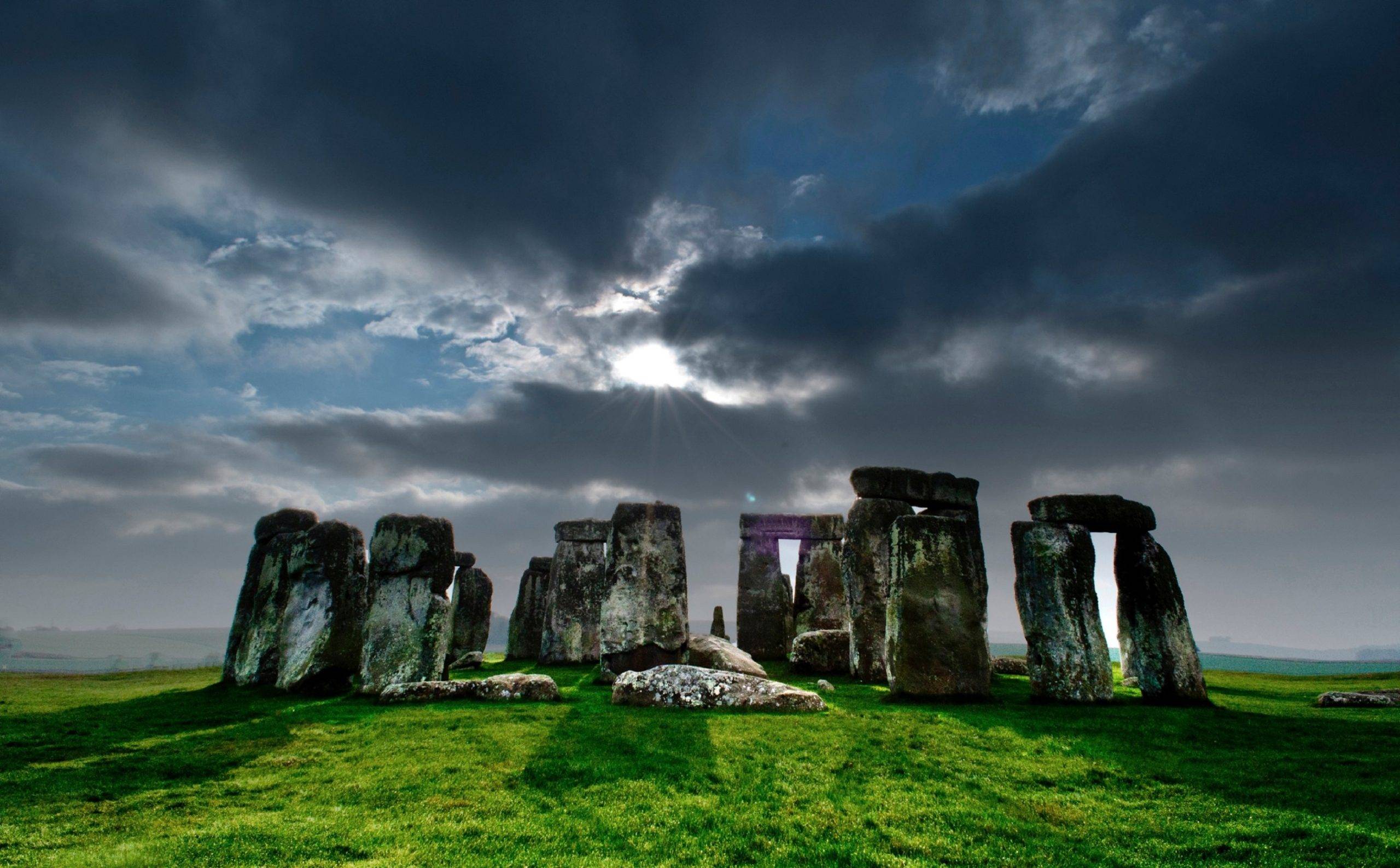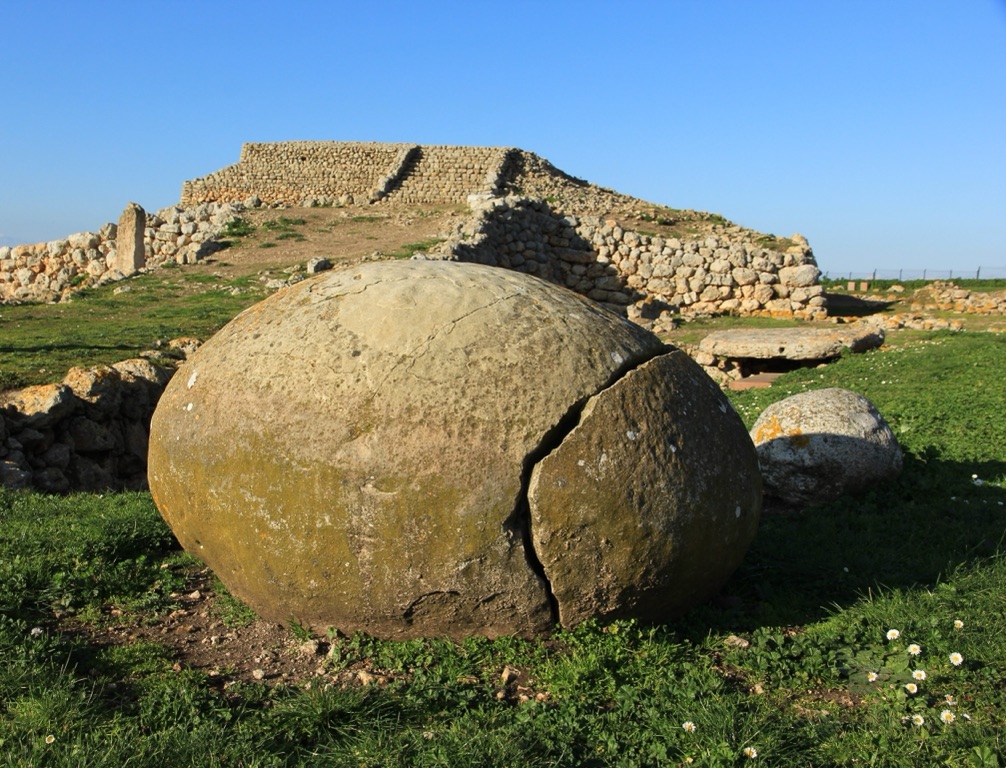Monte d’Accoddi is a captivating prehistoric site located in Sardinia, Italy. It showcases the advanced Neolithic and Copper Age cultures that flourished in the region. The site is notably home to a massive stone platform, resembling a stepped pyramid. This unique feature reflects the early sacred architecture usually found in Mesopotamia. Researchers believe Monte d’Accoddi had a ceremonial role, attracting visitors far and wide. Its exact function, however, remains shrouded in mystery. The plateau’s design and the artifacts found there indicate a complex society with significant ritualistic practices.
Megalithic Structures
Megalithic structures, monumental in both size and historical significance, have captivated the human imagination for millennia. These ancient constructions, primarily built during the Neolithic to the early Bronze Age, around 4000 BC to 2500 BC, are found across various parts of the world, from the windswept plains of Europe to the rugged landscapes of Asia. The term “megalith” itself is derived from the Ancient Greek words ‘megas’, meaning great, and ‘lithos’, meaning stone, aptly describing the sheer size and weight of these structures.
The Purpose Behind Erecting Megaliths
The functions of megalithic structures have been a subject of extensive study and debate among historians and archaeologists. While the exact purposes vary across different cultures and geographical locations, several common uses have been identified. Many megaliths are believed to have served as burial sites, with dolmens and passage graves providing a final resting place for the deceased. This funerary aspect suggests a reverence for the dead and possibly beliefs in an afterlife. In addition to their role as burial sites, some megalithic structures are thought to have had astronomical significance. The precise alignment of stones with celestial events, such as the solstices and equinoxes, points to an advanced understanding of the movements of the sun, moon, and stars. Stonehenge, perhaps the most famous megalithic structure, exemplifies this astronomical alignment, with its stones positioned to mark the summer and winter solstices. 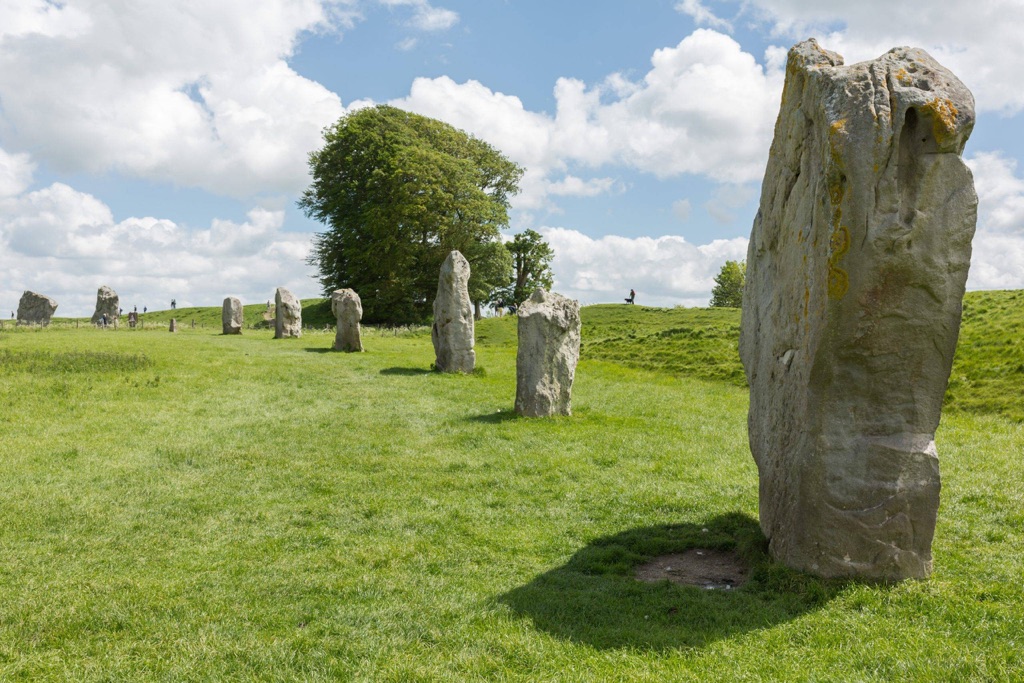
Architectural Techniques and Construction Challenges
The construction of megalithic structures is a testament to the ingenuity and resourcefulness of ancient societies. The transportation and erection of massive stones, some weighing several tons, would have required not only physical strength but also sophisticated engineering techniques. Theories on how these ancient peoples accomplished such feats include the use of wooden rollers, sledges, and lever systems. The construction of megaliths likely also demanded a high degree of social organization and communal effort, indicating a well-structured society with the capability to mobilize large groups for collective projects.
Megaliths as Symbols of Collective Identity
Beyond their functional and astronomical significance, megalithic structures may have served as powerful symbols of collective identity and social cohesion. The monumental effort required to construct these megaliths suggests that they were of great importance to the communities that built them. They could have acted as landmarks, territorial markers, or centers for social and religious gatherings, playing a central role in the cultural and spiritual life of the society.
Megalithic Sites around the world
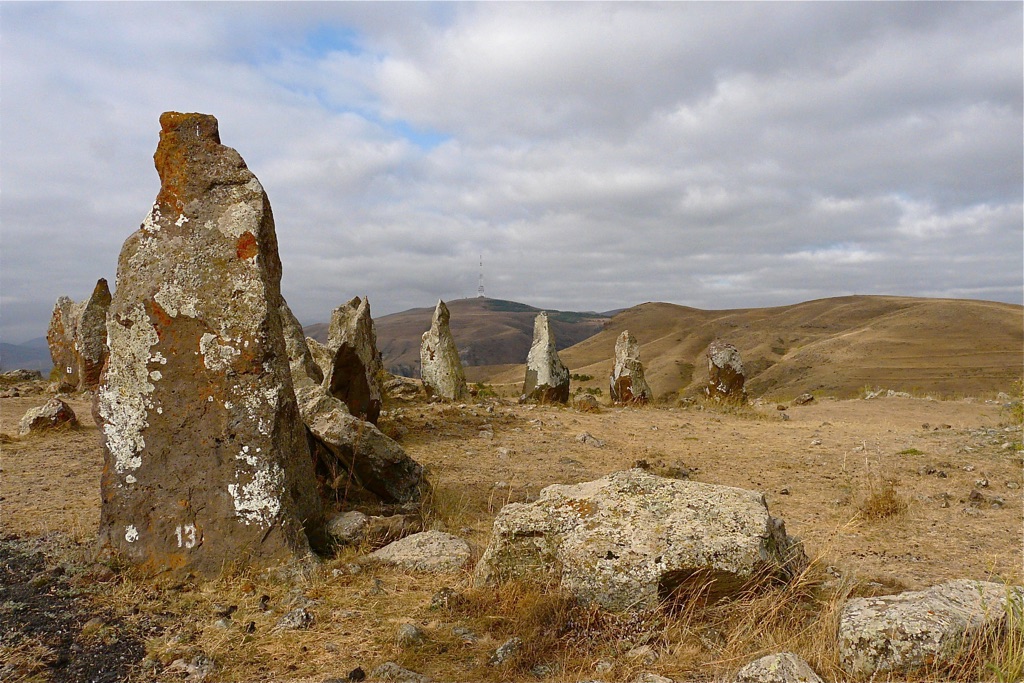
Carahunge
Carahunge, often referred to as the Stonehenge of Armenia, captivates visitors with its ancient stones. This prehistoric complex boasts over 200 massive boulders, some reaching up to three meters in height. The true purpose of this site stirs intrigue as theories suggest it served as an astronomical observatory. Each stone precisely angled, researchers believe they align with celestial bodies. This theory is bolstered by the discovery of smooth, angled holes in certain stones. These clues point towards a sophisticated understanding of astronomy by ancient civilizations.

Callanish Stones
The Callanish Stones provide a mesmerizing link to Scotland’s Neolithic past. These ancient, monolithic structures form one of the most complete stone circles in Europe. They stand on the windswept expanse of the Isle of Lewis’ west coast. For visitors, they offer a window into the rituals and celestial observations of a bygone era. The main site, known as Callanish I, comprises a central stone circle with rows of stones radiating in a cross shape. The site aligns with astronomical events, particularly the moon. This reveals the sophisticated understanding of the early inhabitants.
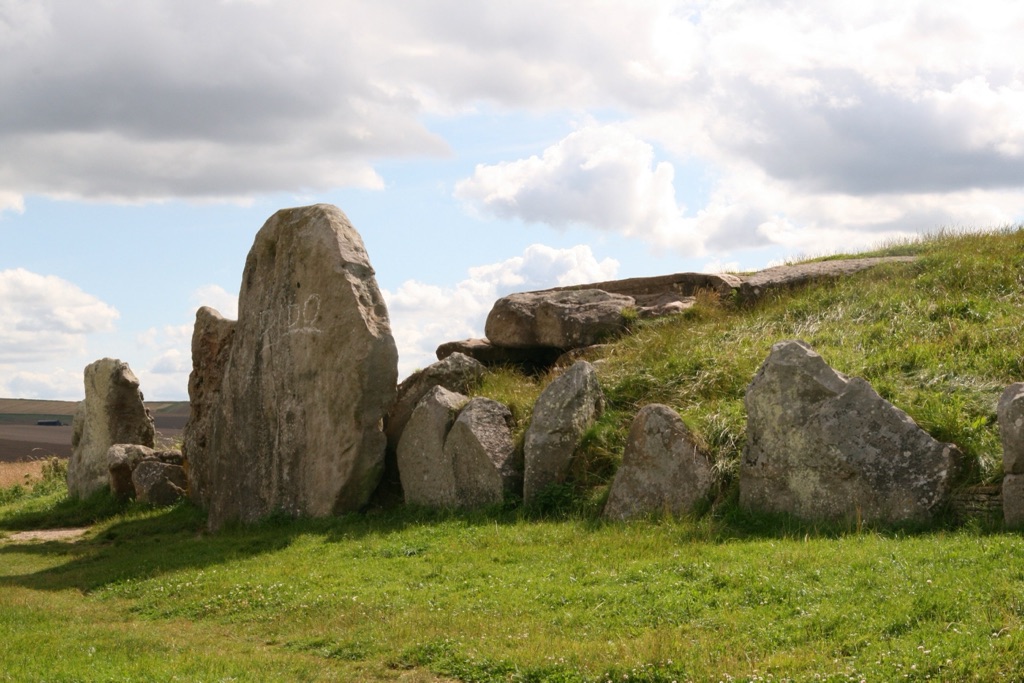
West Kennet Long Barrow
West Kennet Long Barrow stands as one of the largest Neolithic burial sites in Britain. It dates back to around 3650 BC, making it older than Stonehenge. This ancient monument is part of the Avebury World Heritage Site. Visitors are drawn to its historical significance and the mystery surrounding its original use. Archaeologists believe it was a tomb for local leaders, but it also could have been a place for rituals. Its structure, with a fifty-meter-long mound and a series of stone chambers, invites fascination. This site connects us to our Neolithic ancestors and their sophisticated construction skills.

The Ring of Brodgar
Nestled in the heart of Scotland’s Orkney islands lies the Ring of Brodgar, a majestic stone circle encompassing mystery and beauty. This Neolithic wonder, part of the Heart of Neolithic Orkney World Heritage Site, draws tens of thousands of visitors yearly. The site commands awe with its grandeur and puzzles historians and archaeologists with its purpose. Spanning approximately 104 meters in diameter, the Ring of Brodgar comprises upright stones, some reaching up to 4.5 meters tall. Modern interpretations suggest the ring served as a ceremonial site, a place for rituals, gatherings, or an astronomical observatory marking seasonal changes.
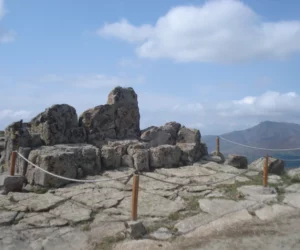
Kokino Observatory
Kokino Observatory stands as a testament to ancient astronomical knowledge and human ingenuity. Located in North Macedonia, it dates back to the Bronze Age, around 1800 BC. Researchers highlight its importance as much more than an archaeological site. It features a sophisticated stone marker system that tracks celestial movements. This ancient observatory shows how early civilizations marked the solstices and equinoxes. Its purpose in ancient times was likely to serve as a calendar to guide agricultural practices. Today, Kokino provides a rich field for both amateur stargazers and professional astronomers.

